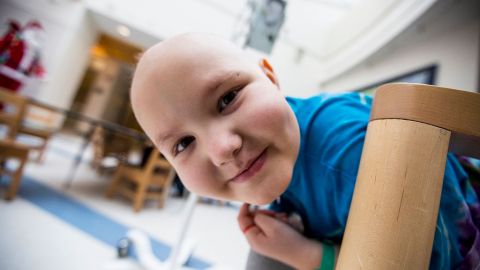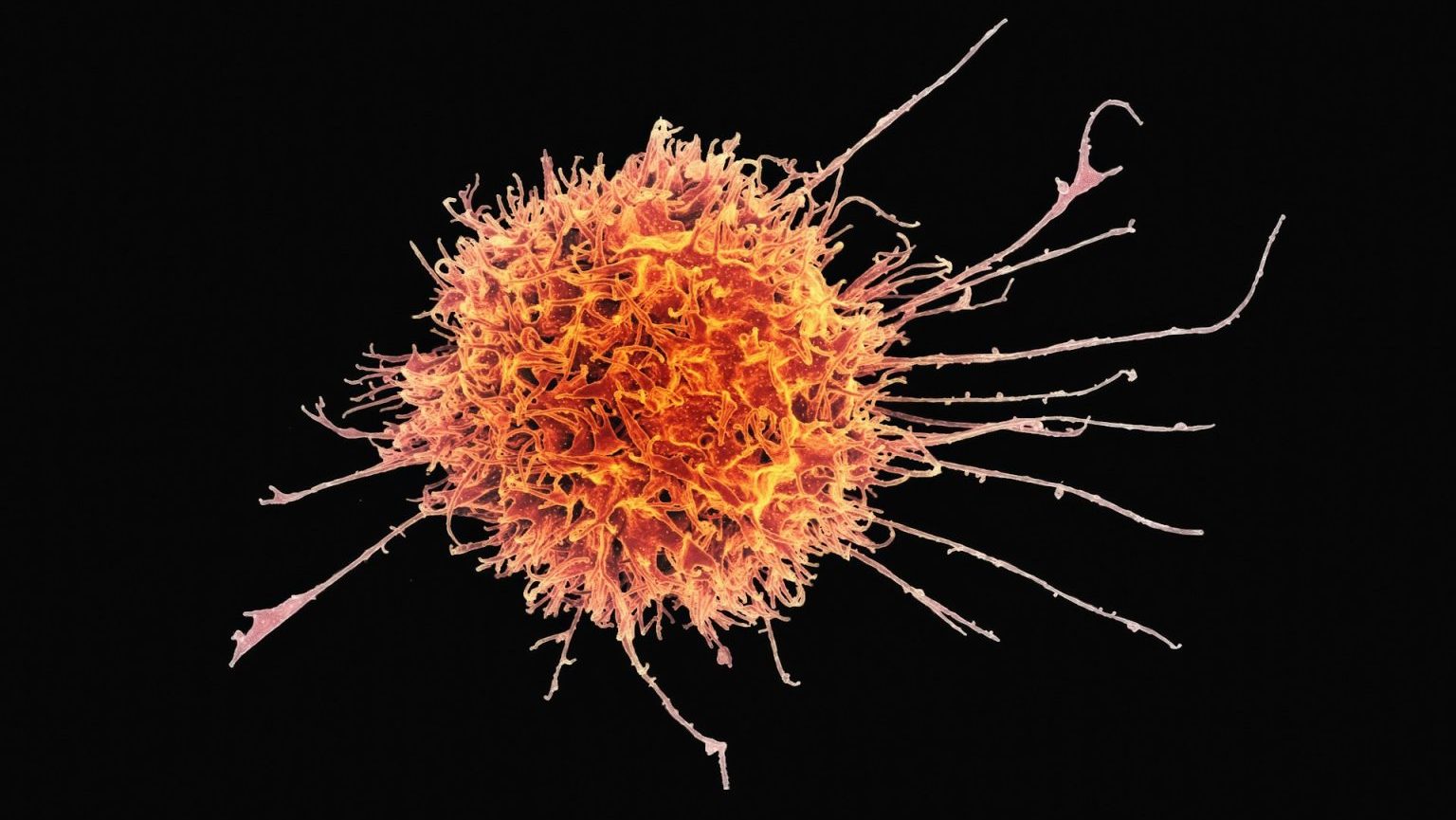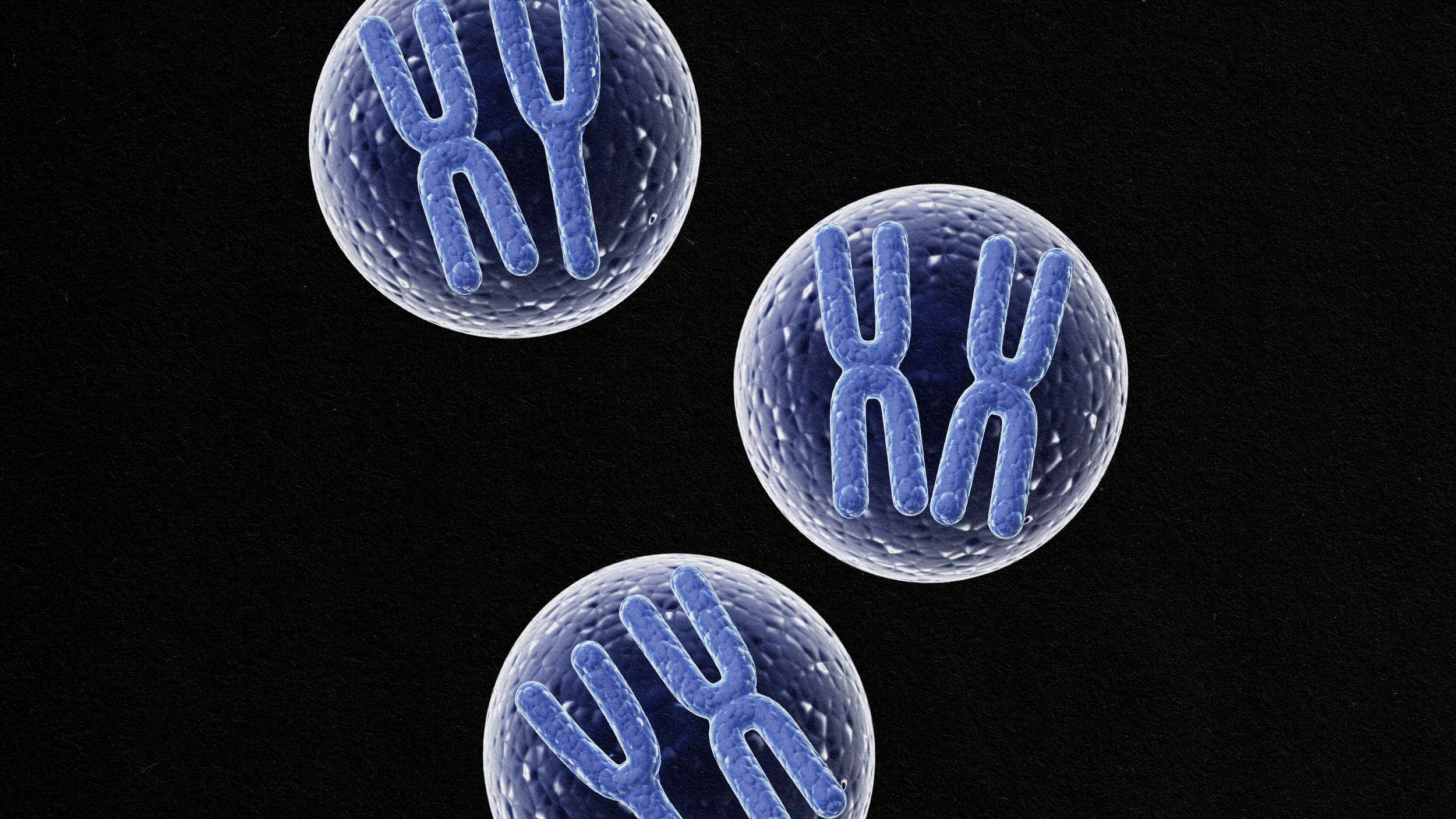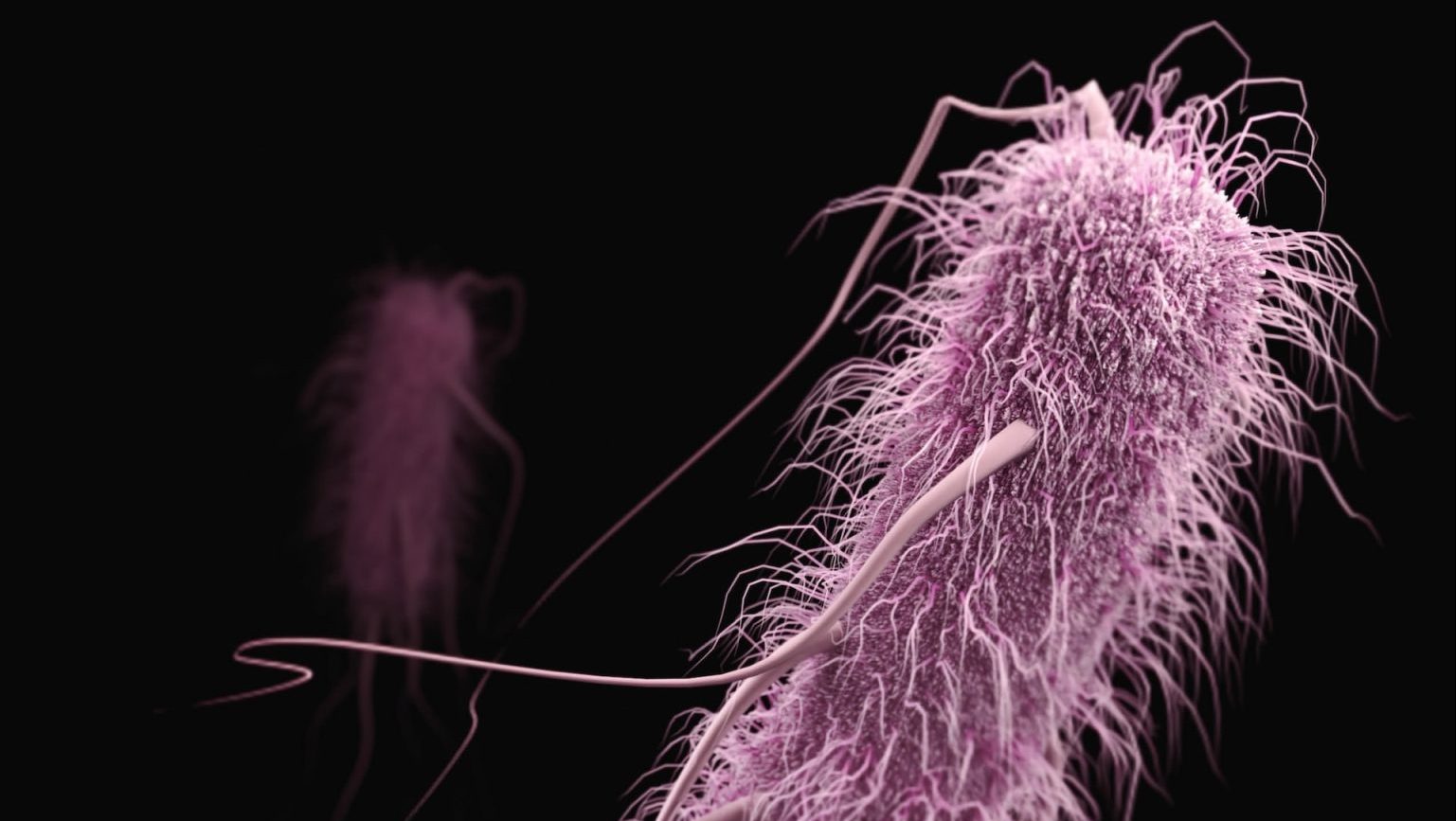We finally know what causes childhood leukemia — and how to prevent it

Ben McCanna/Portland Press Herald via Getty Images
The cause of the most common type of childhood cancer has been a century-long debate among those in the medical community. Now, thanks to the work of Prof. Mel Greaves, of the Institute of Cancer Research in London, the mystery is at its end. Acute lymphoblastic leukemia (ALL) affects 1 in 2,000 children. Ironically, it’s our modern germ-free lifestyle, particularly our high level of cleanliness, that contributes to the disease’s formation. What’s really exciting is that we may even have the knowledge we need to make ALL a thing of the past.
To make this breakthrough, Prof. Greaves conducted a meta-analysis, combing through 30 years of medical literature and gathering data from colleagues all across the globe. His search included research on genetics, epidemiology, immunology, cellular biology, and much more. Along this journey, Prof. Greaves ruled out chemicals in the environment, ionizing radiation, electromagnetic waves, and the influence of high tension wires (electrical cables) as possible causes.
Putting together so many disparate puzzle pieces and eliminating false causes allowed him to formulate a “unified theory of leukemia.” Although a horrifying condition for a child and parents to endure, Prof. Greaves’ analysis, published in the journal Nature Reviews Cancer, has a bright spot. This type of leukemia may be wholly preventable.

A lack of exposure to microbes in the environment contributes to ALL. Image credit: Donnie Ray Jones, Flickr.
This exhaustive work supports the “delayed infection theory.” According to Prof. Greaves, “The research study strongly suggests that acute lymphoblastic leukemia has a clear biological cause and is activated by a variety of infections in predisposed kids whose immune systems have not been properly primed.”
Children born with a certain genetic mutation have merely the potential for developing ALL. This mutation takes place by accident within the womb. It will remain latent until the second “hit” comes, when the immune system fails to encounter enough microbes during the first year of life to prime it, or in other words train it.
A healthy amount of germ exposure allows the immune system to learn how to deal with pathogens correctly. If the infant grows into childhood without exposure to microbes from the environment or other children, they may develop ALL. But it takes a run-of-the-mill infection later on to ultimately trigger this form of leukemia. All told, full-blown ALL only occurs in 1% of cases where the mutation is present. The absence of pathogens as a factor explains why this form of childhood leukemia is common in wealthy, developed countries, but nearly absent in developing ones.

Allowing young children to play with older ones and be exposed to microbes in the environment could prevent ALL. Image credit: Pixababy.
What’s fascinating is some of the disparate pieces of the puzzle Prof. Greaves put together to formulate this discovery. For instance, one clue was an outbreak of swine flu in Milan, which resulted in seven children developing ALL. Another clue was that infants born vaginally over cesarean section have a lower risk of developing this form of cancer.
That’s because infants passing through the vaginal canal are exposed to more microbes than those born through c-section. Also, infants who are breastfed have less of a risk, as they often pickup healthy bacteria this way. On another front, animals, particularly mice, when living in an environment devoid of pathogens, often develop leukemia.
Prof. Greaves urges parents not to worry too much about keeping a clean house, and he offer some tips for preventing the disease, which include being less worried about normal, run-of-the-mill infections, and allowing young children to play with other kids, especially older children.
This research may even someday help us prevent the onset of other autoimmune disorders, including type 1 diabetes and allergies. In the future, giving young children a special yogurt drink or somehow purposefully exposing them to healthy microbes could help prevent ALL and perhaps other autoimmune conditions as well.
To hear Prof. Greaves explain his breakthrough himself, click here:





